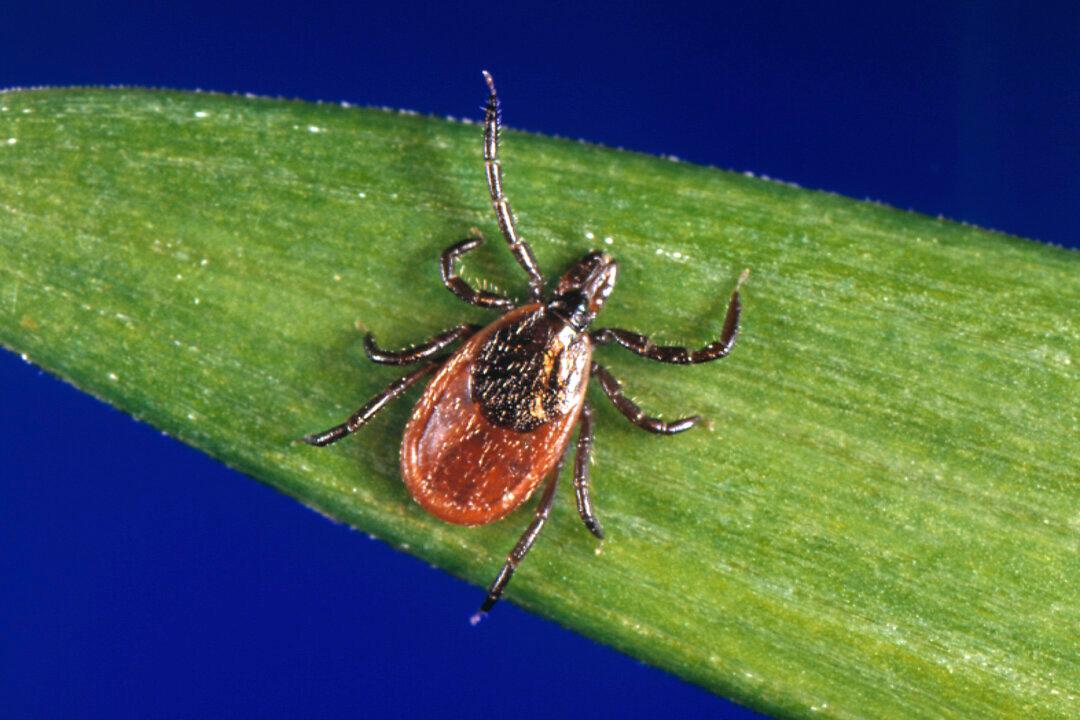Parasitic worms found in dead rats in an Atlanta zoo pose “a possible threat” to humans, according to a study published in a U.S. Centers for Disease Control and Prevention (CDC) journal.
The parasite, Angiostrongylus cantonensis, also known as rat lungworm, can cause a rare type of brain infection in humans which can result in painful feelings in the skin, vomiting, stiff neck, headache, and nausea.





